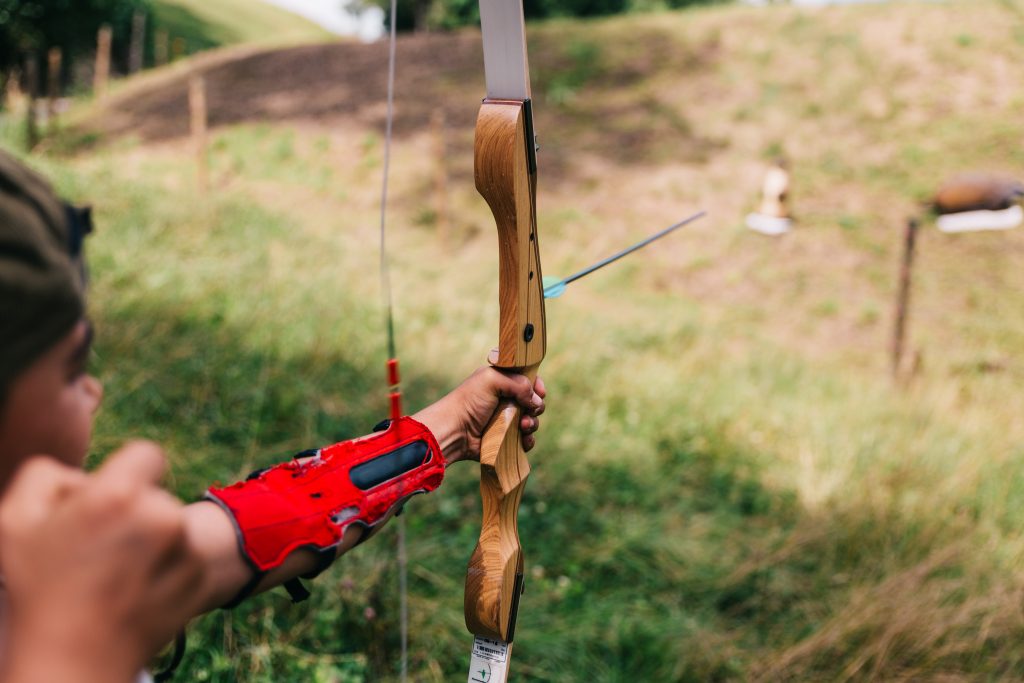Bowhunting brings to mind the way of life of our ancestors and the simple methods of hunting in the past. There is a certain allure held by bowhunting that cannot be matched by firearm hunting. Successful bowhunting, however, largely depends on having the right equipment for your hunt.
One of the crucial items that hunting shops in Michigan offer for bowhunting is a broadhead. This is a big cutting point assembly that’s attached to the tip of the arrow. It offers deep penetration and a bone-crushing impact, which will successfully subdue big game. Here are some basic types of broadheads you can use on your hunt.
1. Cut-On-Contact vs. Chisel Point
All broadheads fall into two large categories: cut-on-contact or chisel point.
Cut-on-contact broadheads contain blades that run right up to the tips to maximize the arrow’s speed upon impact. As such, your game won’t be able to run for long after the arrow’s quick penetration. The downside, however, is that these broadheads have a high risk of blade damage from hitting bones.
Chisel point broadheads, meanwhile, have a tip that’s shaped in such a way that directs the blades away from bones and other internal organs which might damage it. Though it has less penetration than the cut-on-contact broadhead, it is more durable since it has a lower risk of damage. You just have to sharpen it regularly.
2. Fixed Broadheads
These are permanently attached, so they won’t move or fold in any way during your hunt. Since they have minimal moving parts, fixed broadheads are a little more durable than other broadhead types. They are also easier to maintain and sturdier.
Fixed broadheads are known for their speed. It also means, however, that they tend to fly erratically, and their trajectory is easily altered by the wind. Fixed broadheads also have smaller cutting diameters compared to mechanical broadheads.
3. Expandable Broadheads
 These are also called mechanical broadheads. They feature a mechanism that allows their blades to remain folded during the trajectory. Upon impact, the blades will either be pushed out by kinetic force or spring out to penetrate the target.
These are also called mechanical broadheads. They feature a mechanism that allows their blades to remain folded during the trajectory. Upon impact, the blades will either be pushed out by kinetic force or spring out to penetrate the target.
Expandable broadheads are rarely affected by wind and have better exit and entry wounds, thanks to their large cutting diameters. They are, however, more expensive than others and require more maintenance.
4. Removable Broadheads
These are a middle ground between safety and durability. The blades of a removable broadhead can be detached and stored until needed, protecting the hunter and maintaining their sharpness. Removable broadheads are inexpensive, versatile, easy to replace, and sturdy. They, however, have lower accuracy compared to mechanical broadheads, and their trajectory is altered by the wind.
5. Choosing the Number of Blades
After picking the perfect broadhead, your next step will be choosing the number of blades. Broadheads generally have two to four blades. Four blades produce a large wound but require more maintenance. Conversely, two blades need less care but produce a smaller impact. Three blades are the standard choice for large animals, since they cause substantial muscle damage and do not need expensive upkeep.
If you’re unsure about the type of broadhead to purchase, don’t hesitate to ask help from the people who offer hunting equipment. They’ll guide you in choosing the right broadhead for your hunting goals and budget. After all, choosing the appropriate hunting equipment will help you make the most of every hunting trip.

